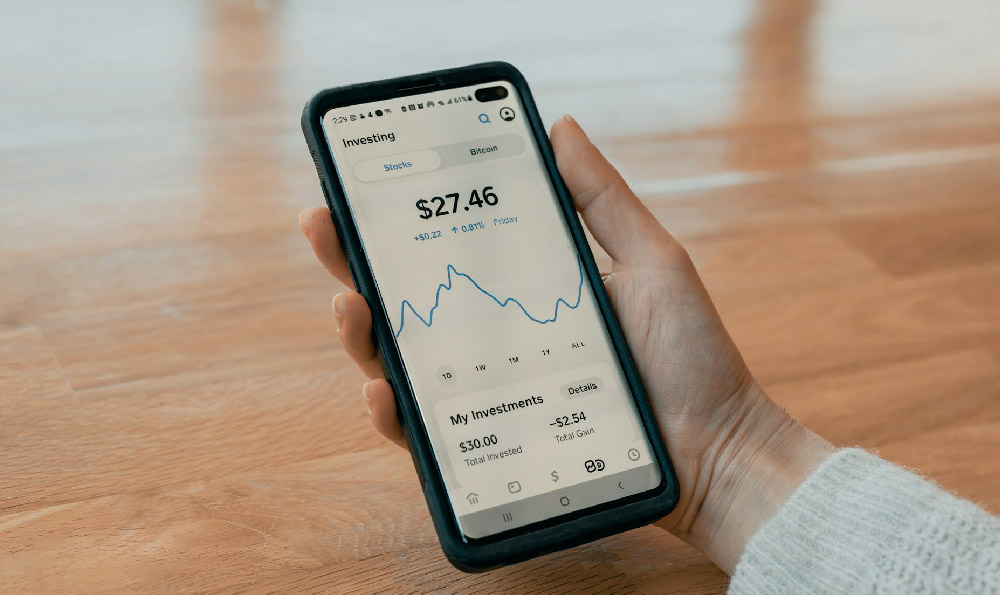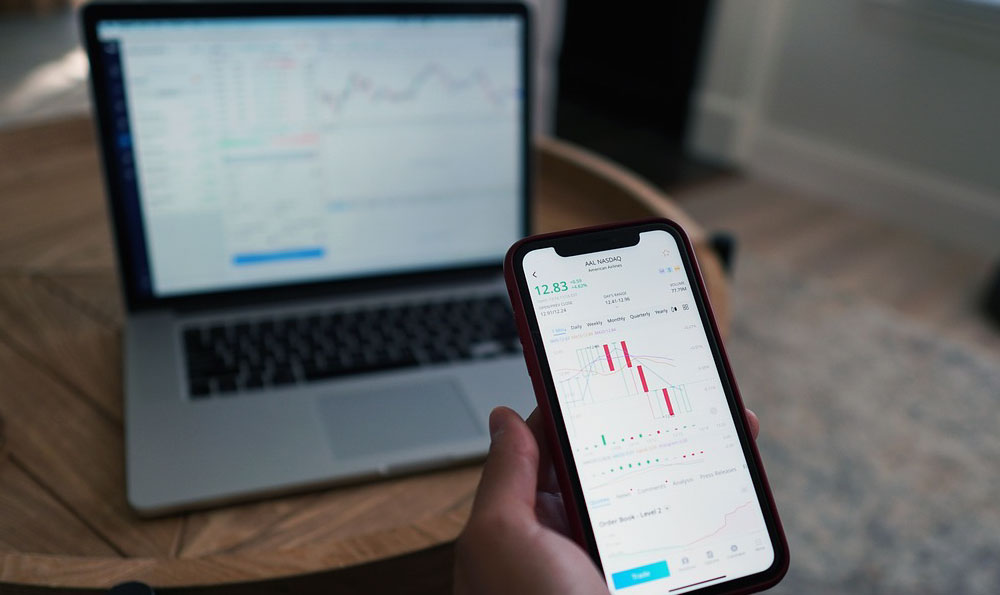Instacart, the popular grocery delivery service, has become a source of income for many, particularly in recent years. Determining exactly how much Instacart pays and whether or not it's a "worth it" gig depends on a variety of factors, and the answer isn't always straightforward. Understanding these factors is crucial for anyone considering becoming an Instacart shopper.
The earning potential for Instacart shoppers is influenced by location. Metropolitan areas with higher demand for grocery delivery typically offer more opportunities and potentially higher pay per batch. Conversely, smaller towns or rural areas might have fewer available batches, leading to lower overall earnings. Demand fluctuates based on time of day, day of the week, and even seasonal events. Peak hours, like evenings and weekends, are generally busier and offer more lucrative batches. Similarly, holidays and events that increase grocery shopping activity often result in increased earning potential for shoppers.
Instacart's payment structure is multifaceted and encompasses several components. Base pay for each batch is calculated based on factors such as the number of items, the distance traveled for delivery, and the complexity of the order. Larger orders requiring more items and longer delivery distances naturally result in higher base pay. Tips are a significant component of Instacart shopper earnings. Customers have the option to tip before or after delivery, and these tips can substantially increase a shopper's overall income. Shoppers are advised to provide excellent service to maximize their tip potential. Bonuses and incentives are often offered by Instacart during periods of high demand or to encourage shoppers to complete a certain number of batches within a specific timeframe. These promotions can significantly boost earnings.

Several variables affect the actual amount a shopper takes home. Operating costs, such as gas, vehicle maintenance, and mobile data usage, can eat into earnings. Shoppers are responsible for covering these expenses. Taxes are another crucial consideration. As independent contractors, Instacart shoppers are responsible for paying their own self-employment taxes, including Social Security and Medicare taxes. This can reduce the overall net income. Time management is paramount. Efficient shoppers who can complete batches quickly and accurately will generally earn more than those who are slower or less organized.
The "worth it" assessment is highly subjective and dependent on individual circumstances and priorities. Flexible hours are a significant advantage. Instacart offers the flexibility to work when and where it's convenient, making it attractive for those with other commitments or those seeking a part-time income. Independence is another appealing aspect. Shoppers operate as independent contractors, allowing them to be their own boss and manage their own schedules. Earning potential can be substantial for those who are willing to work hard and optimize their strategies. Experienced shoppers who understand the market, efficiently manage their time, and consistently provide excellent service can often earn a good income.
However, instability is a major drawback. Income can fluctuate significantly depending on demand, competition, and unexpected events. This instability can make it difficult to budget and plan for the future. Competition from other shoppers can make it challenging to secure desirable batches, especially during peak hours. Wear and tear on vehicles is an inevitable consequence of frequent driving, leading to increased maintenance costs and potential depreciation. The physical demands of the job, including lifting heavy groceries and navigating crowded stores, can be tiring and potentially lead to injuries.
Mitigating the risks and maximizing earnings requires a strategic approach. Understanding local demand patterns and targeting peak hours can increase the number of available batches and potential earnings. Providing exceptional customer service, including prompt communication, careful handling of groceries, and friendly interactions, can lead to higher tips and repeat customers. Efficiently planning routes and optimizing shopping strategies can save time and reduce operating costs. Tracking expenses meticulously is essential for tax purposes and for accurately assessing profitability. Considering supplemental insurance coverage, such as gap insurance or rideshare insurance, can provide financial protection in case of accidents or incidents.
Before committing to Instacart shopping, prospective shoppers should carefully evaluate their own financial needs, time availability, and tolerance for risk. Researching local market conditions, understanding the payment structure, and estimating operating costs are essential steps. Reading reviews from other shoppers can provide valuable insights into the challenges and opportunities of working for Instacart in a specific area. Talking to current Instacart shoppers in your area can provide even more granular and location-specific information. Ultimately, deciding whether Instacart is "worth it" requires a thorough assessment of individual circumstances and a realistic understanding of the potential benefits and drawbacks. It's a job that requires dedication, efficiency, and a willingness to adapt to fluctuating demands and market conditions.












